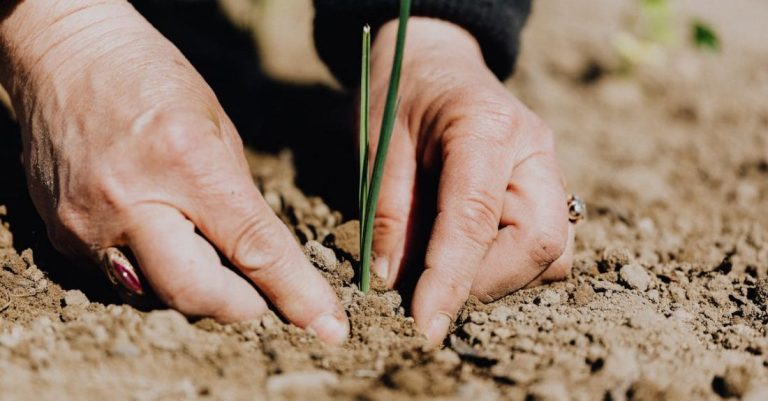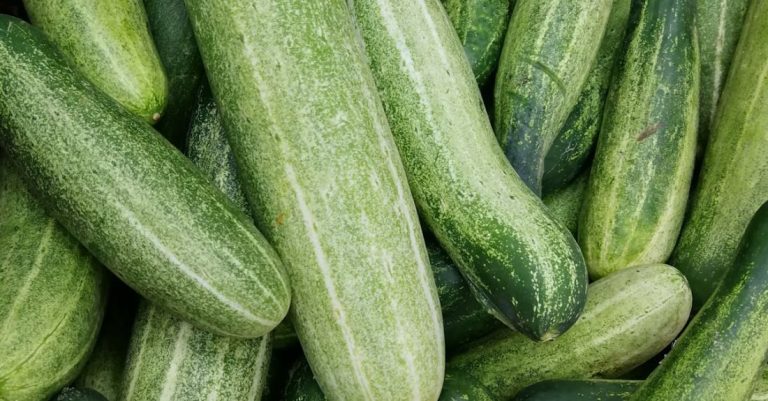
Tomatoes are a versatile and popular fruit that can add a burst of flavor to any dish. Growing your own tomatoes in your backyard is a rewarding experience that can provide you with fresh and delicious produce throughout the summer months. With the right knowledge and a little bit of effort, you can enjoy a bountiful harvest of juicy tomatoes right from your own garden. In this article, we will explore the steps to successfully grow tomatoes in your backyard.
Choosing the Right Location
Selecting the right location for your tomato plants is crucial to their success. Tomatoes thrive in full sun, so choose a spot in your backyard that receives at least 6-8 hours of sunlight per day. Make sure the area has well-draining soil to prevent waterlogging, as too much moisture can lead to root rot. Additionally, consider planting your tomatoes near a fence or trellis for support as they grow.
Preparing the Soil
Before planting your tomato seedlings, it is important to prepare the soil to provide them with the nutrients they need to thrive. Start by testing the pH of the soil; tomatoes prefer a slightly acidic soil with a pH between 6.0 and 6.8. Amend the soil with compost or organic matter to improve its fertility and drainage. Avoid using high-nitrogen fertilizers, as they can promote excessive foliage growth at the expense of fruit production.
Planting Your Tomato Seedlings
Tomato seedlings can be started indoors from seeds or purchased from a nursery as young plants. When planting your seedlings, dig a hole slightly deeper than the root ball and gently remove the plant from its container. Place the plant in the hole and backfill with soil, pressing gently to secure the plant in place. Space your tomato plants at least 18-24 inches apart to allow for proper air circulation and prevent the spread of diseases.
Watering and Fertilizing
Tomatoes require consistent watering to ensure healthy growth and fruit production. Water your plants deeply once or twice a week, allowing the soil to dry out slightly between waterings. Avoid overhead watering, as this can lead to fungal diseases. Additionally, fertilize your tomato plants every 2-3 weeks with a balanced fertilizer to provide them with essential nutrients. Be careful not to over-fertilize, as this can cause excessive foliage growth.
Supporting Your Tomato Plants
As your tomato plants grow, they will need support to prevent them from bending or breaking under the weight of their fruit. Install stakes, cages, or trellises to provide support for your plants and keep them off the ground. Train the plants to grow vertically by gently tying them to the support structure as they grow. This will help improve air circulation around the plants and reduce the risk of disease.
Pruning and Maintenance
Regular pruning is essential to keep your tomato plants healthy and productive. Remove any suckers that develop in the crotch of the plant where the main stem meets the branches. This will help direct energy towards fruit production rather than foliage growth. Additionally, remove any yellowing or diseased leaves to prevent the spread of diseases. Keep an eye out for pests such as aphids, tomato hornworms, and whiteflies, and take appropriate measures to control them.
Harvesting and Enjoying Your Tomatoes
As your tomato plants mature, they will begin to produce fruit that can be harvested when ripe. Tomatoes are ready to pick when they reach their full color and are slightly soft to the touch. Gently twist or cut the fruit from the plant, being careful not to damage the stem. Store your harvested tomatoes at room temperature to allow them to ripen fully, or refrigerate them to prolong their shelf life. Enjoy your homegrown tomatoes fresh in salads, sandwiches, sauces, and more.
In conclusion, growing tomatoes in your backyard can be a rewarding and enjoyable experience. By choosing the right location, preparing the soil, planting your seedlings, providing proper care and support, and harvesting your tomatoes at the right time, you can enjoy a bountiful harvest of fresh and delicious fruit all summer long. With a little bit of effort and know-how, you can successfully grow tomatoes in your backyard and savor the taste of homegrown produce.





